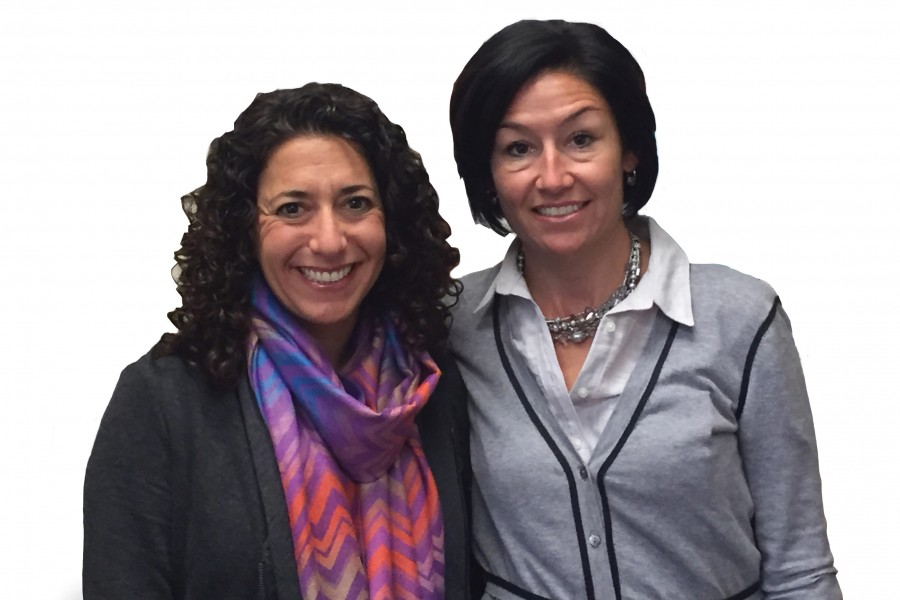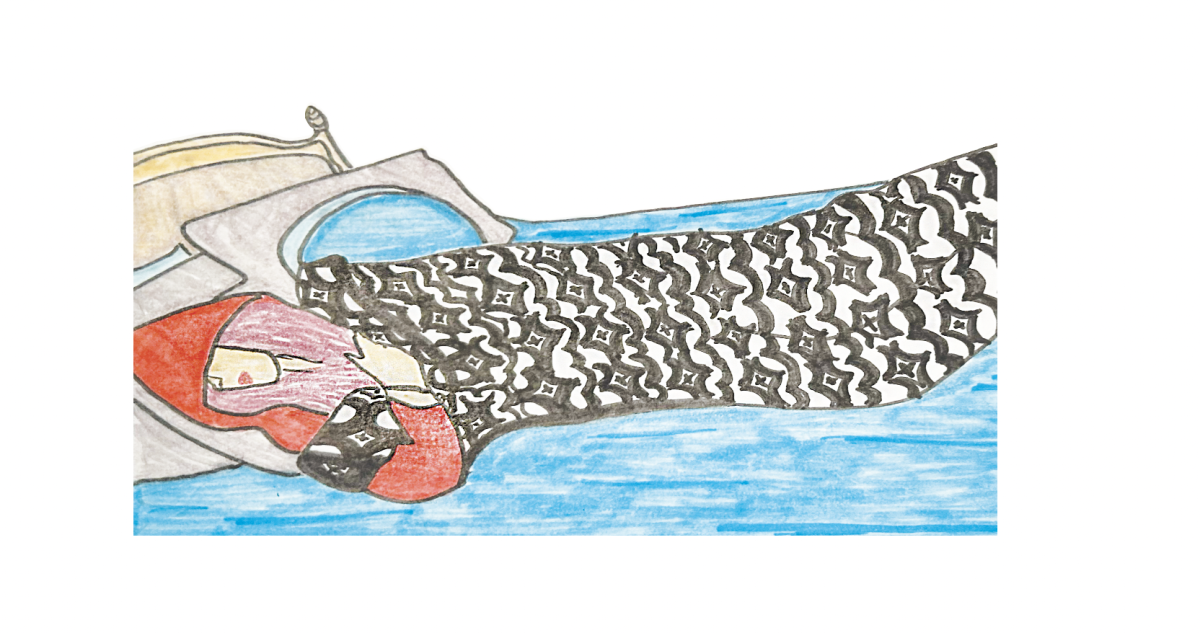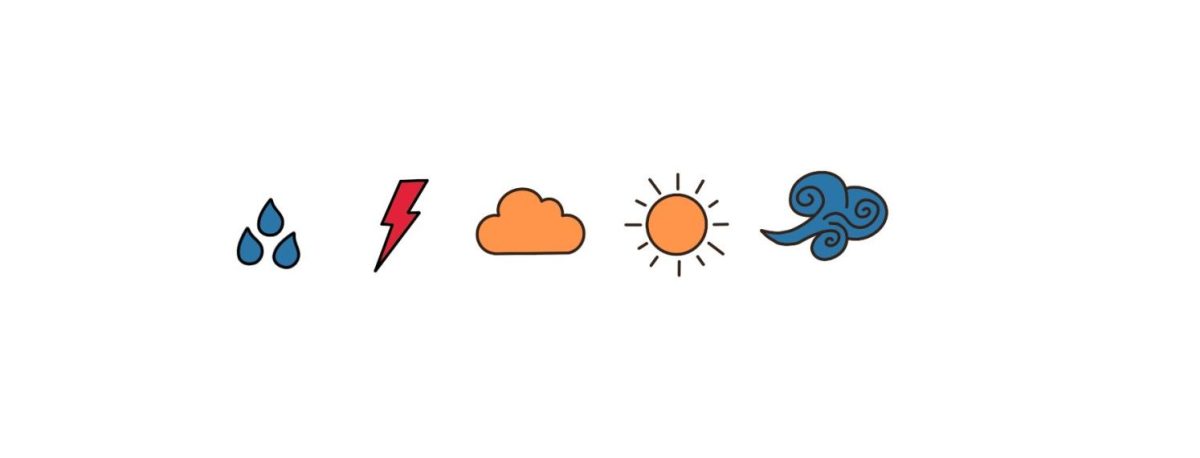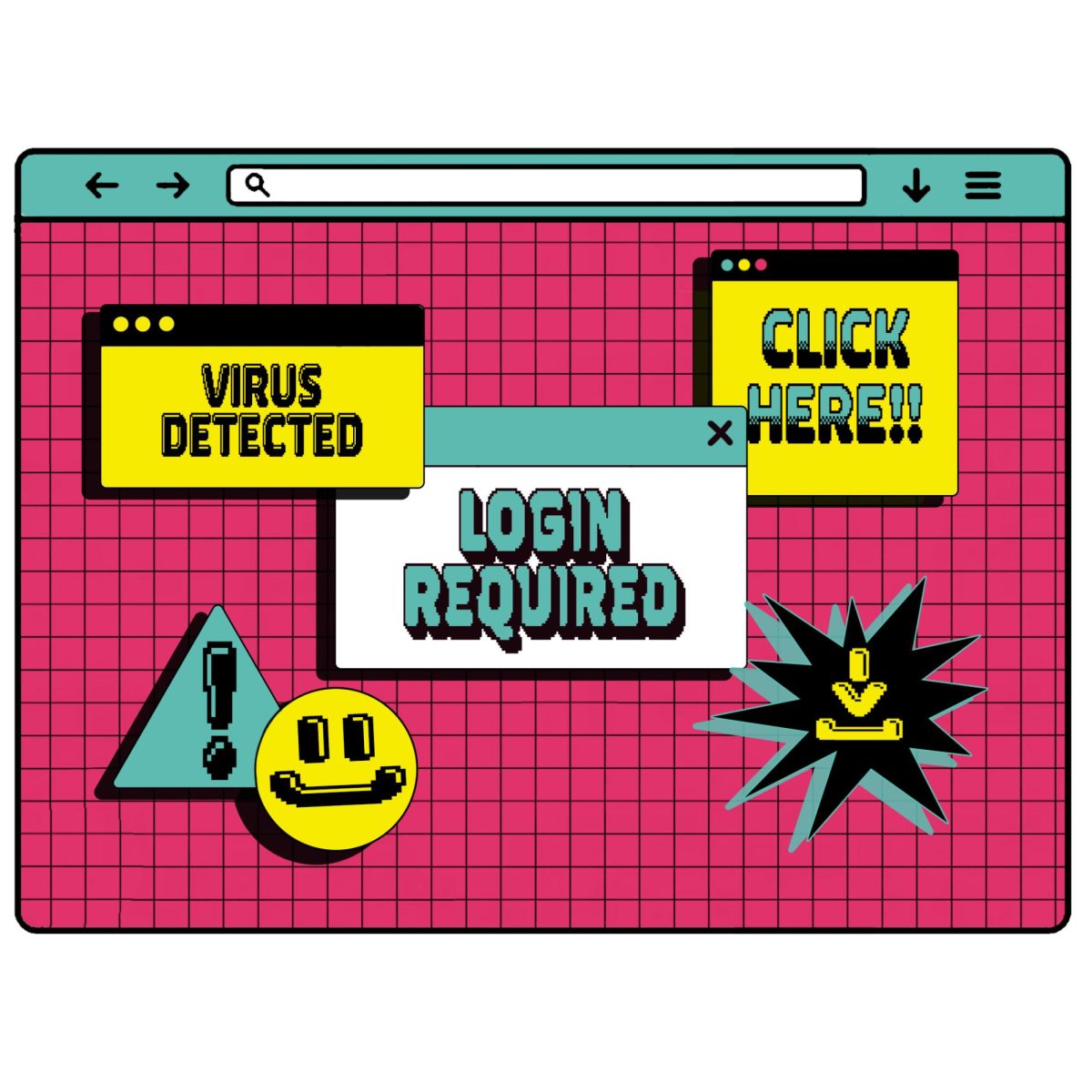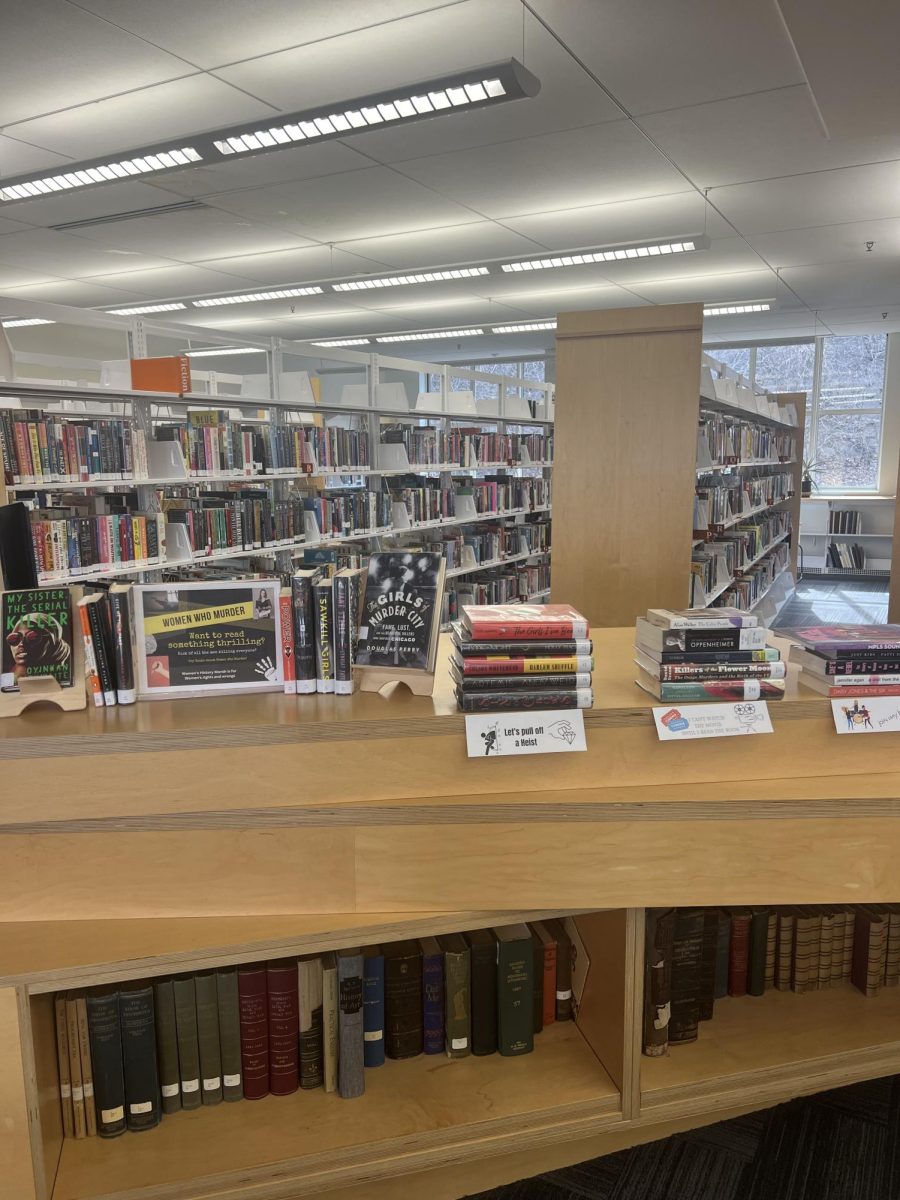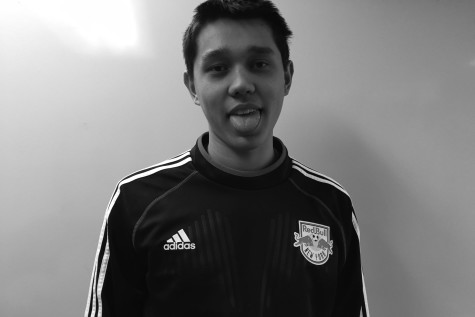The second floor of the school is home to many resources. If a student faces the NAR, behind them is the library, to the left is the social studies department, and to the right is the language wing. If a student walks all the way down the language wing, they’ll reach the section of the school where school counseling resides.
The upper school employs two counselors – Erin Adams and Jill Rabinovitz – who focus on the welfare and emotional health of students. Adams has an undergraduate degree in psychology and a masters in educational psychology with an emphasis in school counseling, while Rabinovitz has an undergraduate degree in women’s studies and a Doctorate in counseling psychology. Both have counseled adolescents and adults for decades.
As Adams describes, their mission is to “help support students in becoming their whole selves, in having healthy relationships, and being healthy not just personally, but also be healthy in the context of the school.”
Adams also says that both her and Rabinovitz “serve as liaisons between school, outside therapists and [students’] families.”
Rabinovitz describes why she loves her work at Blake, saying, “I love working with adolescence and the work I do with adolescents families is really interesting. I went to a school very similar to [Blake] and the work I do with Erin is very valuable to the community.”
When asked about what mental illness is, Adams describes it as “a set of physical, emotional, mental behavioral symptoms that interfere someway in your functioning that fit particular categories … it can be hard to understand it if you’ve never experienced it because it’s also such an internal experience.”
She uses the example of depression. “Depression really affects the way someone thinks, but you wouldn’t see that illness on the outside and it may only be taking a toll on them on the inside.”
Rabinovitz adds to this definition, explaining that “when [mental illnesses] get in the way of us functioning normally or to the best of our ability, that’s when things become a problem.”
But as both of them describe, mental illness isn’t just destructive on its own, the stigma of mental illness also makes it very difficult to treat individuals who are living with a mental illness.
Adams outlines how stigma surrounding mental illness has become much less prevalent in our school community: “I feel like we have a growing part of our population, both families and students, that are knowledgeable about mental illnesses, and I feel like lots of people understand and validate and have accurate information about it.”
However, even though the community has done a lot to come to terms with mental illness, the stigma behind the suffering and pain of mental illness still lies. Adams continues, “the stigma still exists, and unless you’ve experienced it yourself, it’s hard to understand what it feels like. If you buy into some of the stigma – which is influenced by gender as well – it’s really hard to believe that some people go through this. and it creates situations where people can say things that are insensitive and inaccurate.”
The shame around mental illness stems from individuals being unable or unwilling to believe that peers in their community could be suffering for significant portions of their high school careers. In reality, mental illness is more prevalent in our community than many care to admit.
According to the Independent School Health Check from the fall of 2012, 12.2% of the student body has sought professional help for depression-related symptoms, 15.9% for anxiety, and 5.6% for eating disorders.
While this data is hard to put into context, mental illness – specifically depression – tends to be higher in adolescents than in adults, and rates are significantly higher in girls than in guys. It’s not a far stretch to say that Blake, being the high pressure institution that it is, can be a “trigger” for many mental illness episodes.
Adams points out some reasons why students experience so much stress. “You spend an extraordinary amount of time preparing for your future, yet you only have the life experience of someone who’s in high school. You spend so much time thinking about a future that you haven’t been able to experience yet and you only have so much life experience to draw upon to make decisions in your daily life.”
Blake may be stressful, but the school provides amazing resources for students who need it. At the end of their interviews, both Adams and Rabinovitz stress that if any student ever need help or just wanted to talk, that they should feel free to drop by the counseling wing.


